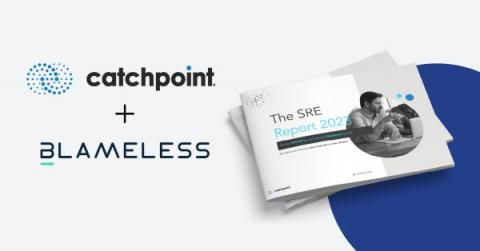Operations | Monitoring | ITSM | DevOps | Cloud
Latest News
Announcing our improved Schedules & On-Call Rotations
SRE Report 2023: Findings From the Field - Toil
Toil. Few other words have the same visceral impact for SREs as their four-letter nemesis: toil. Although pretty much everyone recognizes and agrees that toil is bad, it is a term that is frequently misused in colloquial use. In common English usage, toil is defined as “long strenuous fatiguing labor”. As a term of art in the SRE profession, “toil” has several very specific characteristics which distinguish it from other sorts of work which people spend time on.
SRE Vs. DevOps: A Simple Breakdown Of The Differences
SRE Principles for Edge Management and Improving Resiliency Using the Best of Kubernetes
This post was co-written by Kirti Apte and Gabry (Maria Gabriella) Brodi. Over the last couple of years, customers have been adopting Kubernetes and microservice-based application deployment models for various technology and business reasons. In fact, there is a trend that customers are now looking to the next set of use cases that include applications across multiple clouds, as well as edge clouds.
Blameless Announces New Opsgenie Integration to Help Engineers Simplify and Speed Incident Management Workflow
Announcing: Blameless + OpsGenie Integration
Webinar Recap: How Observability Impacts SRE, Development, and Security Teams
In today’s fast paced and constantly evolving digital landscape, observability has become a critical component of effective software development. Companies are relying more on and using machine and telemetry data to fix customer problems, refine software and applications, and enhance security. However, while more data has empowered teams with more insights, the value derived from that data isn’t keeping pace with this growth. So how can these teams derive more value from telemetry data?
What are Network Operation Centers (NOC) and how do NOC teams work?
Modern-day markets are highly competitive and in order to foster stronger customer relations, we see businesses striving hard to be always available and operational. Hence, businesses invest heavily to ensure higher uptime and to have dedicated teams that constantly monitor the performance of an organization's IT resources. In this blog, we will explore what NOC teams are and why they are important.











